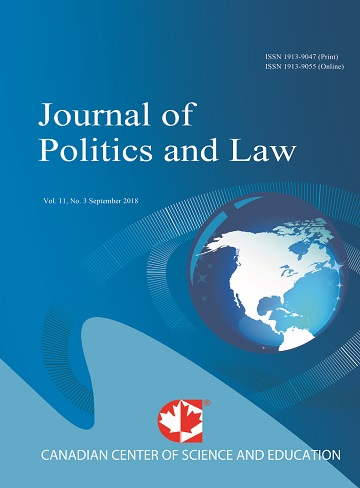Formalities and Regulations Governing the Arbitration Proceedings in International Law
- Mohsen Hosein Abadi
- Alireza Azadi Kalkoshki
Abstract
The traditionally emergence of differences among people, common and perhaps it was natural and it is not usually considered in relations between individuals does not seem far-fetched idea origination dispute. With the growing human population and the natural growth of business and trade transactions between them and the complexity of certain fields of these transactions disputes arising from them, more and more widespread and sometimes even has been specialized. It went to the point in one of the last two centuries, several laws passed by the government to resolve the current dispute and with forming the courts for a variety of dispute resolution between individuals, many branches of the courtsdedicated to legal and commercial affairs and handle their disputes.All countries dispute arises between individuals were appointed to the courts; although this is associated with the severity and weaknesses in different countries and legal systems. Some with creates parallel institutions for the courts try to reduce congestion in the courts claimsand others by creating a concentration of executive power in the courts were concerned their main effort in resolving disputes before the court. Except for the courts in recent centuries in most societies with little differences in the shape and nature of the investigation into the allegations were established, in the last century, another institution for dispute between individualswas createdin many countries and within their judicial system that was called judgment. This reference formed in subsets of international organizations was created to resolve international disputes that generally was concerned in the international trade disputes between natural or legal persons. This is in a series of international law, in the form of legislation and judicial procedures that in this study we analyzed it.- Full Text:
 PDF
PDF
- DOI:10.5539/jpl.v10n4p108
Journal Metrics
h-index (2017): 14
i10-index (2017): 39
h5-index (2017): 9
h5-median (2017): 11
Index
- Academic Journals Database
- ACNP
- ANVUR (Italian National Agency for the Evaluation of Universities and Research Institutes)
- Berkeley Library
- CNKI Scholar
- COPAC
- CrossRef
- DTU Library
- EBSCOhost
- Elektronische Zeitschriftenbibliothek (EZB)
- EuroPub Database
- Excellence in Research for Australia (ERA)
- Genamics JournalSeek
- GETIT@YALE (Yale University Library)
- Ghent University Library
- Google Scholar
- Harvard Library
- HeinOnline
- INDEX ISLAMICUS
- Infotrieve
- Jisc Library Hub Discover
- JournalGuide
- JournalTOCs
- LOCKSS
- MIAR
- Mir@bel
- NewJour
- Norwegian Centre for Research Data (NSD)
- Open J-Gate
- PKP Open Archives Harvester
- Publons
- Pubmed journal list
- RePEc
- ROAD
- Scilit
- SHERPA/RoMEO
- Standard Periodical Directory
- Stanford Libraries
- UCR Library
- Ulrich's
- UniCat
- Universe Digital Library
- UoS Library
- WorldCat
- Zeitschriften Daten Bank (ZDB)
Contact
- William TaiEditorial Assistant
- jpl@ccsenet.org
